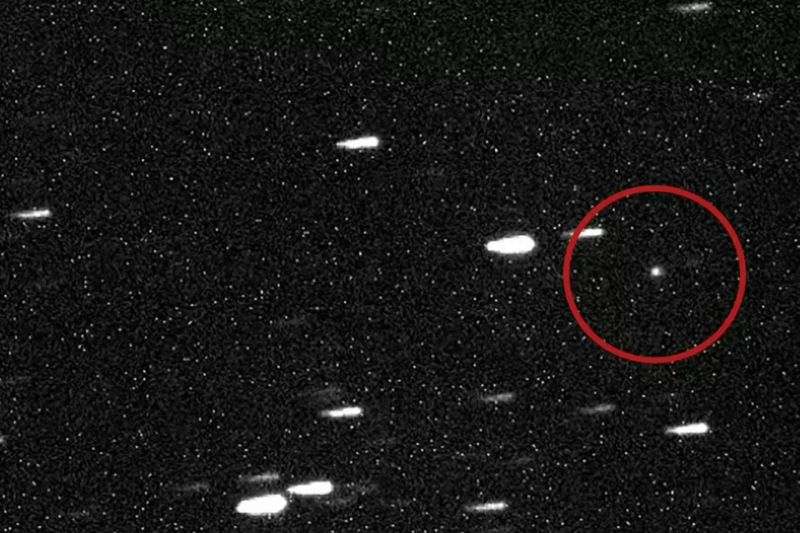
A new cosmic visitor has entered our solar system—and it's not from around here. Astronomers have confirmed the presence of 3I/ATLAS, the third known interstellar object to pass through our celestial neighborhood. First spotted in July 2025, this fast-moving body has captured global attention, racing through space at incredible speeds.
Let’s dive into what makes interstellar comet 3I/ATLAS so unique, what we know so far, and what scientists are hoping to learn from this rare encounter.
3I/ATLAS, also known as C/2025 N1, is an interstellar comet—a frozen object made of gas, rock, and dust that originated outside our solar system. It was detected by ATLAS (Asteroid Terrestrial-impact Last Alert System) in Chile on July 1, 2025.
Its hyperbolic orbit proves it’s not a regular solar system comet. Instead, it’s a traveler from a distant star system, just passing by as it gets pulled by our Sun’s gravity before heading back into deep space.
This marks only the third confirmed interstellar object ever detected, after 2017’s mysterious ‘Oumuamua and 2019’s 2I/Borisov. Each one brings valuable insights into the chemistry and structure of planetary systems far beyond our own.
3I/ATLAS may be up to 20 kilometers wide, making it the largest interstellar visitor to date. Its composition and activity could tell us what conditions exist in other star systems.
The comet is racing at an astonishing speed—nearly 68 kilometers per second, or over 240,000 km/h. This incredible velocity further confirms that 3I/ATLAS is an interstellar object, not gravitationally tied to the Sun.
Its closest approach to the Sun (perihelion) will occur around October 29, 2025, at a distance of about 1.4 AU (astronomical units). The speed and orbit make it one of the fastest interstellar objects ever detected.
There is no threat to Earth. Despite its size and speed, 3I/ATLAS will pass by at a safe distance. The closest approach to Earth is expected in December 2025, but it will still be millions of kilometers away.
This safe flyby offers scientists the perfect chance to study an interstellar object in the solar system without any danger.
Images taken since its discovery reveal a faint coma (a glowing cloud of gas) and a short tail forming as it nears the Sun. This confirms 3I/ATLAS is an active comet, shedding particles and gas as it heats up.
These features provide scientists with the opportunity to analyze its composition, which may contain elements not commonly found in solar system comets.
The object was discovered by the ATLAS telescope system in early July 2025. It was quickly flagged due to its unusual path and high velocity. Follow-up observations and earlier image data from June 14, 2025 helped confirm its interstellar origin.
NASA, along with international observatories, is now monitoring it closely. The confirmation makes this the most thoroughly documented interstellar comet so far.
Objects like 3I/ATLAS offer rare insights into alien planetary systems. These comets are likely fragments of early planet formation from stars other than our Sun. They’ve traveled for millions of years before entering our solar system.
Studying them can:
Reveal chemical building blocks of distant systems
Compare foreign materials with our own comets
Improve models of planetary evolution and space dynamics
NASA, ESA, and ground-based teams are planning detailed observations through the rest of 2025. Space telescopes like JWST and Hubble will monitor the interstellar comet’s structure, behavior, and brightness as it passes perihelion.
There’s even growing interest in developing space missions to intercept future interstellar objects. While 3I/ATLAS will be gone by 2026, the data it leaves behind could be groundbreaking.
The arrival of 3I/ATLAS in our solar system is a cosmic event worth paying attention to. It's a speeding messenger from beyond the stars, bringing with it clues about other worlds and the broader galaxy.
As astronomers track this rare visitor, we get a glimpse into the unknown corners of the universe. 3I/ATLAS may not stay long, but its impact on space science will last for years to come.